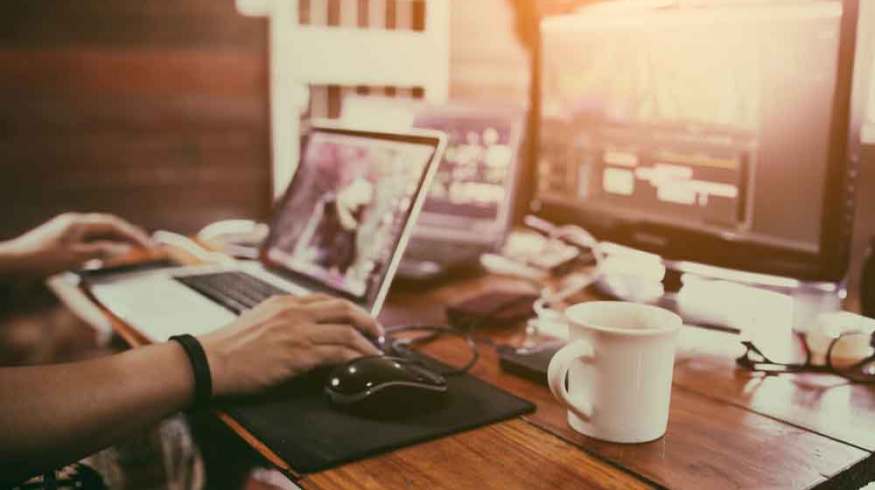
Holistic Breakdown: How to Edit a Documentary Film
Ready to dive into editing a documentary project? You’ll want to check out these steps, tips, and tricks first.
While nobody is saying that editing a narrative film or commercial video project is easy, documentary projects present a wide range of unique challenges that can prove daunting to even the most experienced, motivated editor.
Principle among those challenges is the act of sifting through hours and hours and HOURS of video in order to find impactful, real moments that can be transformed into a coherent story. And then there’s the intense research. And the diligent struggle against bias. And the frequent lack of scripts or storyboards.
Like we said—daunting. Where does one even begin? How does an editor turn a mountain of raw footage—meandering interviews, random B-roll, stock clips, etc.—into a meaningful story?
Let’s take a look at how you can edit a documentary project on your own with this holistic breakdown.
Choose the Right Type of Documentary
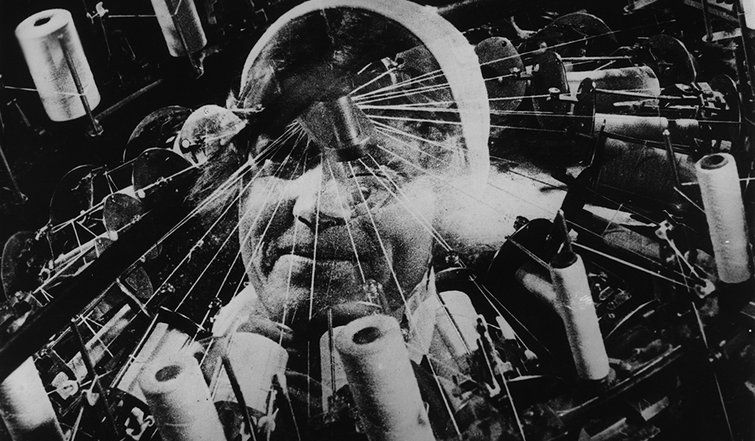
Truth be told, the editing of a documentary starts long before production wraps and all the files are handed over to an editor. The crux of what makes a documentary work has to do with the narrative, as well as understanding what type of story you’re trying to tell.
What type of documentary are you even trying to edit? Is it observational or participatory? If you aren’t familiar with these terms, you should absolutely read up on the six types of documentary films:
- Poetic documentaries
- Expository documentaries
- Observational documentaries
- Participatory documentaries
- Reflexive documentaries
- Performative documentaries
From there, you’ve got to work with your documentary’s director and producers to make some additional sub-genre decisions that will inform how your project is shot, narrated, and edited. For example, a cause-focused documentary like The Cove is going to be presented much differently than a cinéma vérité documentary like Grey Gardens.
Do Your Research
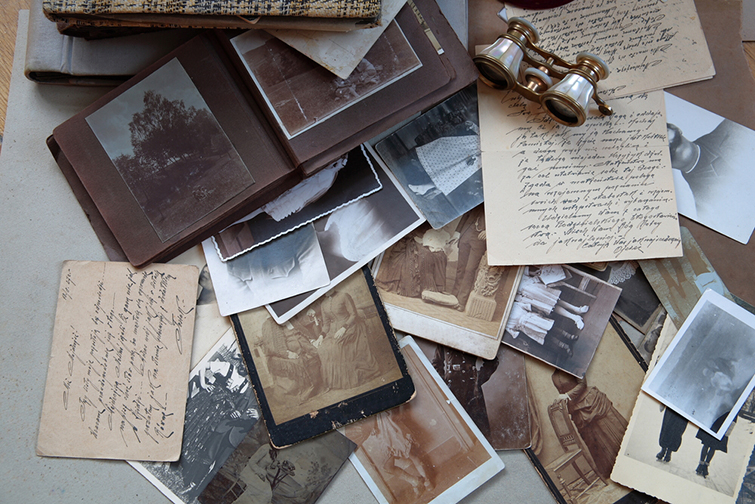
Once you’ve decided on the type of documentary you’re making, you’ll need to do research. A lot of it. A copious amount of research. Even as an editor, you’ve got to establish yourself as a subject-matter authority. That’s why many documentary filmmakers research for years before even picking up a camera.
Researching for a documentary project is an art unto itself. Just remember—there’s no such thing as over-researching for a documentary project. Everything you learn, even if isn’t mentioned or shown in your doc, will make your final product better.
Where to begin the hunt for information? Academic research papers. Newspapers. Firsthand accounts and archival footage or photos. You name it. Just keep digging.
Working With and Organizing Footage
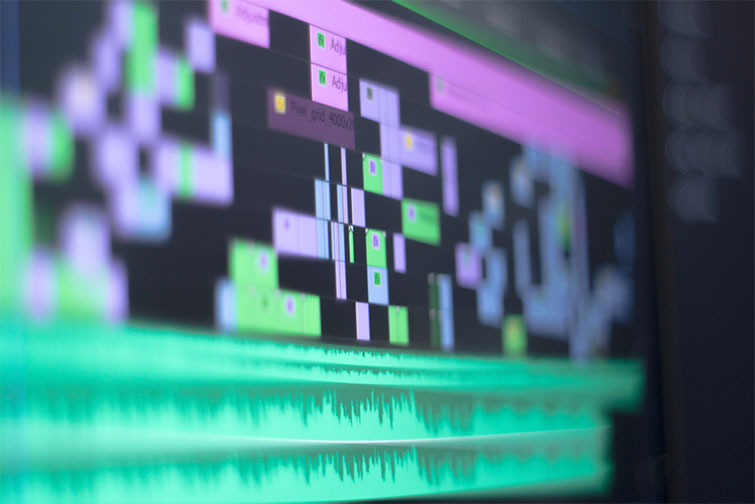
The first real step of the documentary editing process is as important as it is mundane—organizing all of that footage and research. You’ve got to know where all of your assets are at any given time. Truly, a good deal of the edit is simply coming up with a strong organization system and then undertaking the painstaking task of reviewing, sorting, and organizing footage so that you’re familiar with everything.
Don’t get overwhelmed. If you start with a solid plan, maintain discipline, and keep these pro organization tips in mind, you’ll be set up for documentary success:
- Make notes while shooting
- Upload, organize, and backup
- Separate interviews and B-roll
- Create prioritized bins
- Take it sequence-by-sequence
Follow the Steps
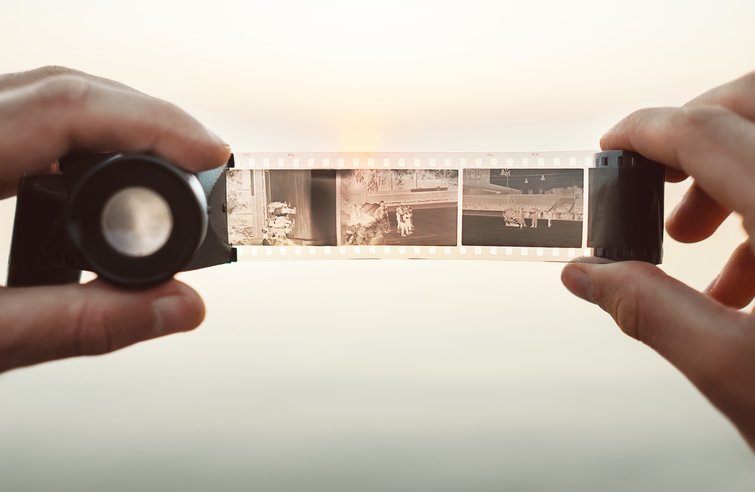
Alright, moving on to the actual steps of editing a documentary project, there really are several paths available to you. In a direct sense, a documentary is usually edited in a straightforward, sequence-by-sequence process which involves editing together interviews, B-roll, and other footage types.
However, as is the case with many projects that require several moving parts, documentaries can also be edited in a more chaotic manner—like while the documentary is still being shot, for instance.
Regardless of your situation, there are some widely accepted, tried-and-trued steps for a documentary edit. Here are the essentials of a strong final cut:
- Back up your footage
- Organize it all
- Transcribe every interview
- Pick your favorite shots
- Create graphics and lower thirds
- Editing in photos and other assets
- Cut out unnecessary sequences
- Construct a narrative
- Choose your music to set the tone
- Add in stock footage
Consider Adding Stock B-Roll
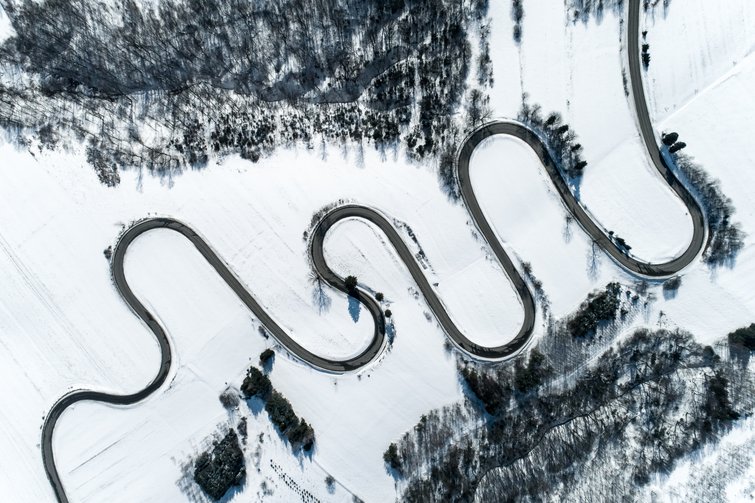
Just to expand on that last step, adding stock footage and stock B-roll can be an effective, dynamic way to fill out a documentary that feels incomplete or flat. Seriously—whatever you’re missing, there’s likely already drone footage of it that’s just waiting to be dropped into your timeline.
Gorgeous stock B-roll can provide an instant boost to production value, especially when paired with slick text effects that give your audience extra information.
- How to Create Text Effects and Animations in Premiere Pro
- How to Use These 4 Free Animated Texts in Your Videos
- 7 Tutorials for Better Titles, Text, and Motion Graphics
Try to Avoid Bias
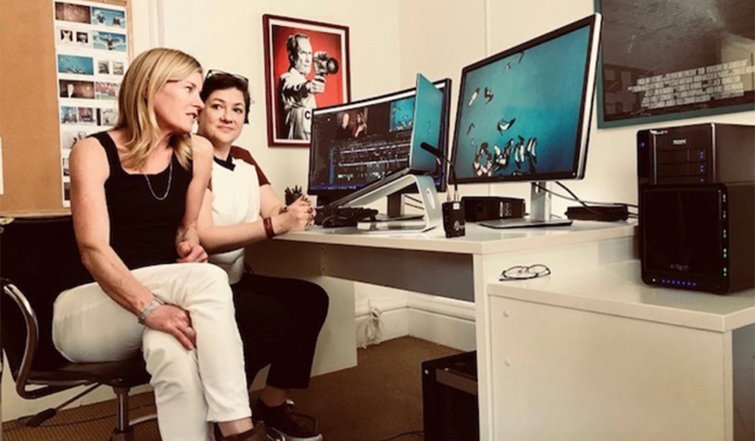
It’s important to consider the many moral and ethical decisions that must be made by anyone working in the realm of documentaries.
At its heart, documentary filmmaking is about searching for and uncovering truths—and, just maybe, helping viewers discover truths about themselves. As such, documentary filmmakers and editors must eschew bias in order to fulfill their obligation to present things honestly, just as they are.
Even when looking specifically at the editing side of documentary storytelling, avoiding conscious and unconscious bias is a critical part of the documentary process. Luckily, there are steps you can take to ensure you’re working in an ethical manner, many of which you can read about in this interview with documentary filmmaker Robin Hauser.
Tips for Working with Soundtrack and Audio
Finally, as mentioned in our list of steps for editing a documentary project, one of your final moves is locking down the soundtrack and music. And, while established documentary filmmakers might elect to hire a composer to create an original score, up-and-coming documentarians don’t usually have the means.
If you’re looking to build a royalty-free soundtrack for your film, there are a few things to keep in mind. First, make sure you find music that lines up thematically, obviously. Additionally, consider working with audio that includes loops and stems. Doing so will offer a lot more flexibility as your edit takes shape and provide more control over the pacing and tone of your story.
Here are a few more audio resources for filmmakers and videographers:
- Support Your Documentary Vision with a Thoughtfully Considered Soundtrack
- The Complete Video Editor’s Guide to Working with Music
- Premiere Pro Tips for Editing and Mixing Audio, Music, and SFX
- Video Tutorial: Exporting Multichannel Audio in Premiere Pro
- Get free music and power up your creative projects
And here are a few more resources geared specifically toward documentary filmmaking:
- A Complete Guide to Documentary Filmmaking
- How Music Helped to Motivate This DIY Coronavirus Documentary
- Best Cinema Cameras for Your Next Documentary
- An Interview with “Assassins” Cinematographer John Benam
- Documentary Tips for Filming Undercover and Undetected
Cover image via Sutipond Somnam.





